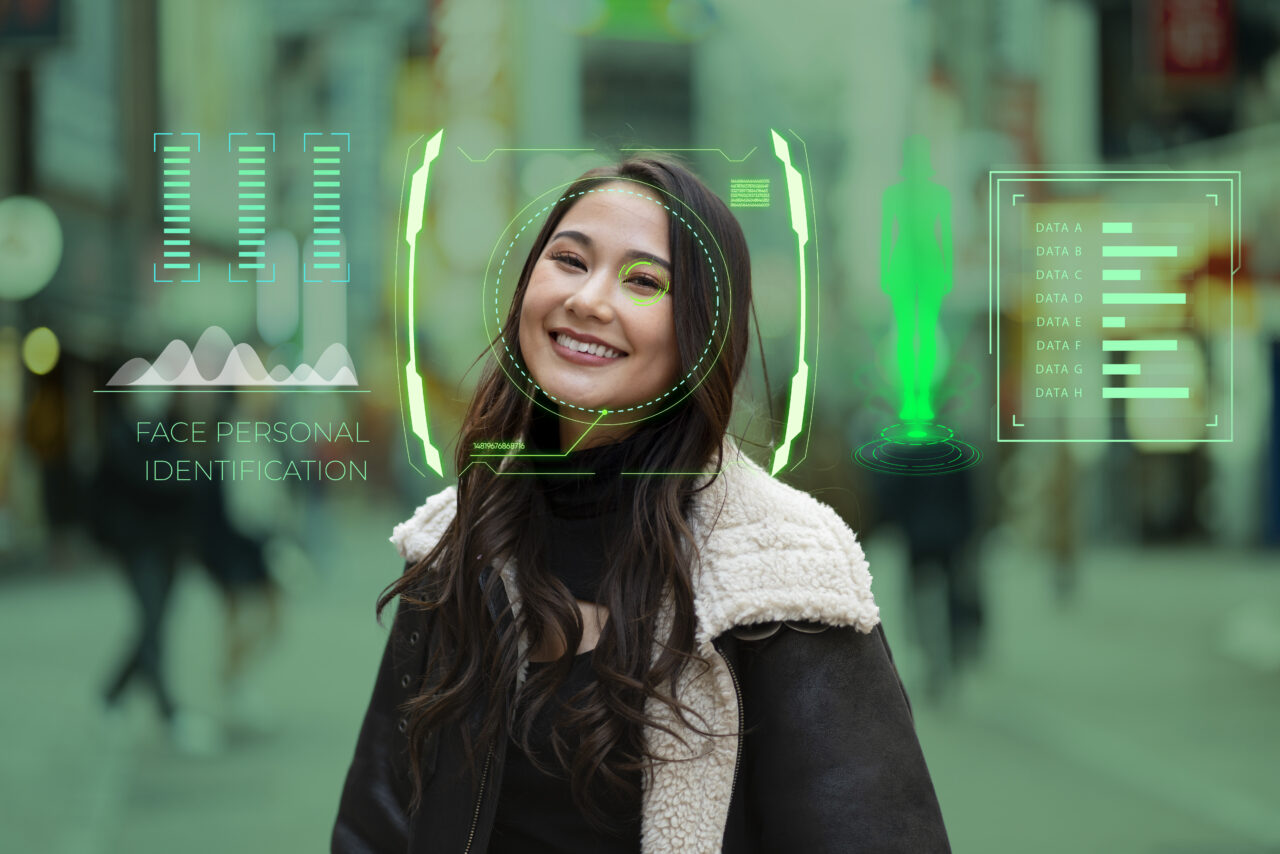Human-Centric AI is shaping a smarter future by designing technology that thinks with us, not for us, empowering trust and collaboration. Artificial Intelligence is no longer confined to labs or futuristic visions; it is shaping everyday decisions, from navigation apps to medical diagnosis tools. Yet, as AI grows more sophisticated, an important question arises: Is AI serving people, or are people serving AI? The answer lies in human-centric AI a design philosophy that ensures technology aligns with human values, needs, and ethics rather than replacing human judgement.
What is Human-Centric AI?
Human-centric AI (HCAI) focuses on creating systems that are collaborative, transparent, and trustworthy. Unlike purely autonomous AI, HCAI emphasises augmenting human intelligence instead of substituting it. The goal is to make machines that think with us, not for us, so decisions remain explainable, inclusive, and aligned with real-world human contexts.
A 2023 report by Stanford’s AI Index revealed that 62% of global AI researchers believe lack of human oversight is the biggest risk in AI development. This underscores why human-centered design is not a luxury it’s a necessity.
Principles of Human-Centric AI
To build truly people-first systems, developers and organisations focus on a few core principles:
Transparency and Explain ability : Users must understand why AI makes a recommendation. For instance, if a medical AI suggests a treatment, it should provide clear reasoning backed by data, not just a “black box” result.
Inclusivity : AI should serve diverse populations. Bias in training data can reinforce inequality, which is why inclusive datasets and fairness checks are integral.
Accountability : Decisions made with AI support should have traceability, ensuring accountability rests with humans, not just algorithms.
Augmentation, Not Automation : AI should enhance human creativity and problem-solving instead of removing people from the loop. Think of co-pilots in aviation AI assists, but humans make final calls.
Why Human-Centric AI Matters
The rise of automation and generative AI has sparked fears of job losses and diminished human control. However, statistics show that AI can create more opportunities than it replaces when used thoughtfully. According to PwC, AI could contribute $15.7 trillion to the global economy by 2030, with productivity gains accounting for over half of this growth.
But those benefits only materialise when systems are trusted. For example:
- In healthcare, patients are more likely to accept AI-assisted diagnoses if doctors remain part of the decision-making process.
- In finance, fraud-detection AI works best when paired with human analysts who interpret unusual patterns.
- In urban planning, AI can optimise traffic flows, but citizen input ensures solutions reflect real community needs.
Applications of Human-Centric AI
- Healthcare
AI-driven imaging tools can detect cancer at early stages with 95% accuracy. But radiologists confirm results and provide human empathy that machines cannot. - Workplace Productivity
Tools like Microsoft Copilot or Google Duet AI automate repetitive tasks, letting employees focus on strategy and creativity rather than clerical work. - Education
Personalised learning platforms powered by AI adapt to a student’s pace, but teachers provide guidance, mentorship, and emotional support. - Smart Cities
Human-centric AI in city management balances data-driven decisions (like energy distribution) with citizen engagement through feedback loops.
Challenges and Risks
While the promise of HCAI is immense, challenges remain:
- Bias in Data: Studies show AI algorithms are up to 20% less accurate for underrepresented groups.
- Over-Reliance: Excessive dependence on AI could dull critical human decision-making skills.
- Regulation Gaps: Current policies often lag behind rapid AI advancements, leaving ethical loopholes.
Building the Future of Human-Centric AI
Organisations can adopt the following practices to ensure AI systems remain truly human-centric:
- Embed Ethical Frameworks: Adopt standards like EU’s Ethical AI Guidelines.
- User-Centered Testing: Involve real users early in product development.
- Continuous Monitoring: AI systems must evolve with shifting societal norms.
- Hybrid Decision Models: Keep humans in the loop for critical judgements.
Conclusion
AI should never replace the human spirit of curiosity, empathy, and reasoning. Instead, human-centric AI ensures that machines complement our strengths while safeguarding our values. By designing technology that thinks with us transparent, inclusive, and accountable we can unlock innovation without losing sight of what makes us human.
As we move into an AI-powered decade, the question isn’t whether machines can think. It’s whether they can think in ways that empower us. The future of AI isn’t just smart it’s human-smart.

